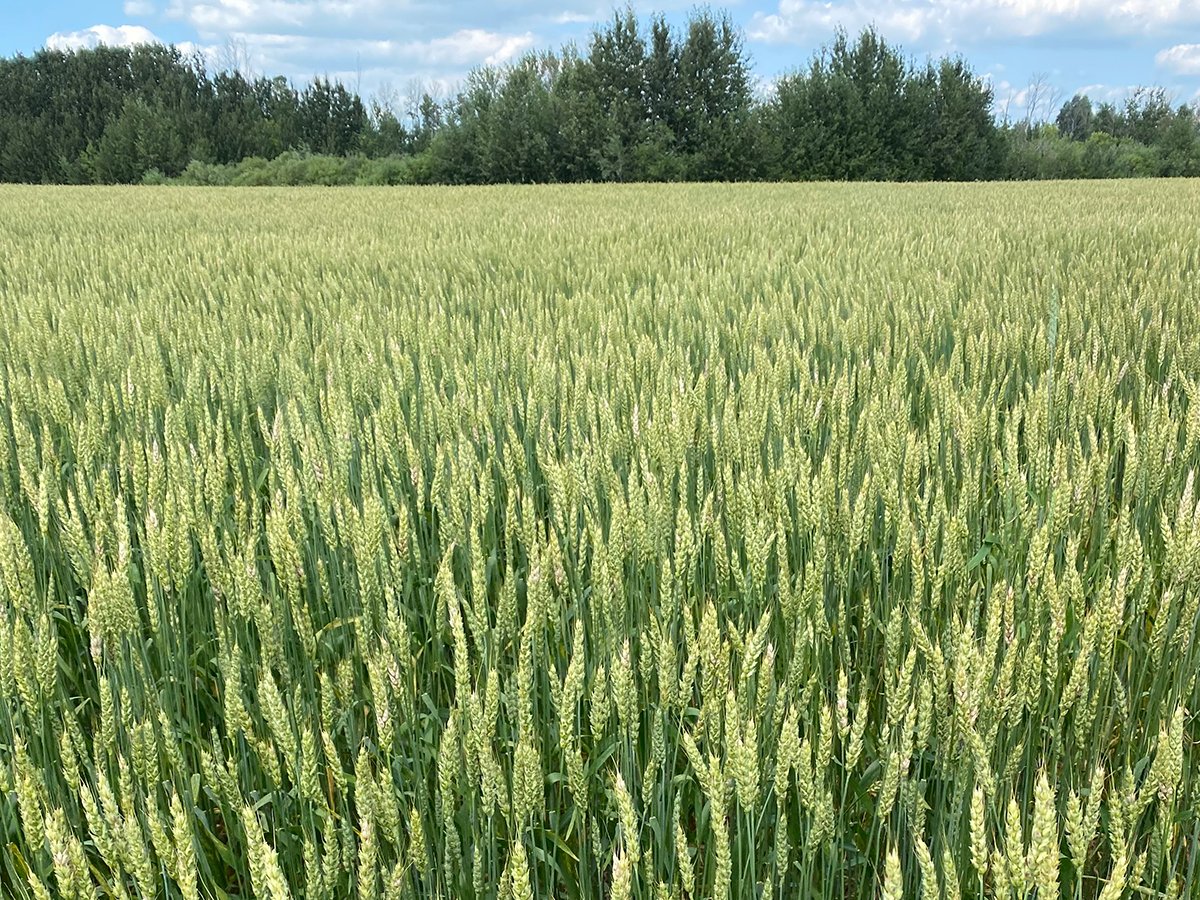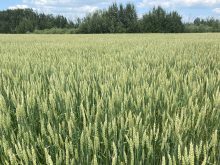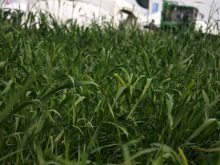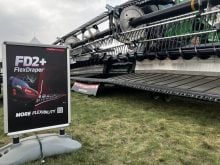Dutch Industries has a solution for large livestock operations that need to dispose of animal carcasses.
BioMulcher is a mortality composter for large containment livestock operations such as feedlots and chicken and hog barns.
“How it works is, you drop the dead animal in along with a source of carbon and it will grind it, heat it and mix it all in a contained environment,” said company spokesperson Stephen Denzin.
“It will allow it to kill some of the pathogens and make a good quality fertilizer.”
Carbon has to be added to the composter at a two to one ratio, so a 2,000-pound cow would need 1,000 lb. of carbon for the machine to properly compost the carcass.
Some hog barns use the wood chips that come out of their transport trucks, while cattle operators often use the straw they have on-hand on their farms. However, Denzin said almost any source of carbon can be used.
“The water is all from the carcass,” he said. “A carcass is about 80 percent water, so the moisture is absorbed by the carbon source. The job of the carbon is to absorb the moisture so that it’s not too wet, which helps the bacteria to grow, so then the process is quicker.”
The BioMulcher comes in two sizes:
- The smaller composter is used for animals up to the size of a pig and comes with a five horsepower motor.
- The larger composter is two feet taller, has a 10 h.p. engine and is used for larger animals such as cattle.
Read Also

Lower U.S. spring wheat yields to cut production
The U.S. Department of Agriculture’s crop production and world agricultural supply and demand estimates reports were released July 11 with the main focus on the wheat, corn and soybean estimates.
“If it’s a cow, you can do one every three to five days. If it’s pigs or chickens or smaller animals, you can actually run the machine on a continuous basis,” Denzin said.
“As long as you have less than 500 lb. of mortalities every single day, one machine will do it.”
Operators open the door at the front of the machine once it is finished working and then push a button to discharge the compost.
“You can take the product and spread it on your land as fertilizer,” Denzin said.
“Some people have been looking at bagging and selling it as a product.”
He said the compost material often contains 100 lb. of nitrogen per ton of material.
The machine disintegrates carcass bones and reduces pathogens by heating the material to 50 to 70 C.
It requires a 100 amp electric service.
“We’ve done a study for 52 weeks on how much power consumption it will actually use,” Denzin said.
‘If you have the machine running 100 percent of the time at full capacity, it will cost you about a penny and a half per pound of electricity.”
Operators usually build a ramp up the back of the machine so that it can be easily loaded with a small tractor or skid steer.
The BioMulcher costs approximately $60,000.


















